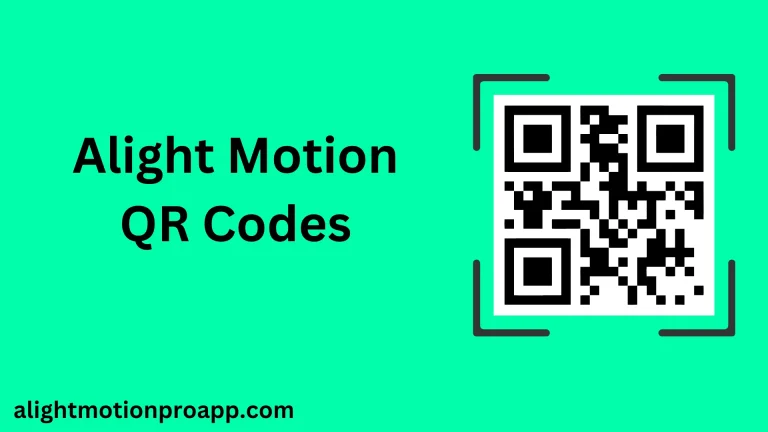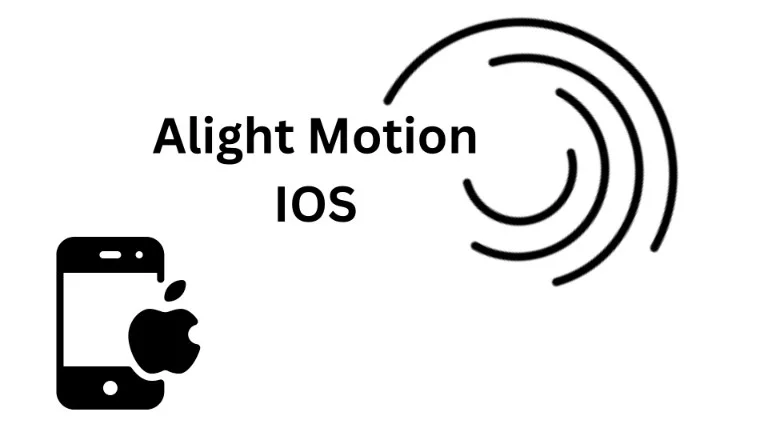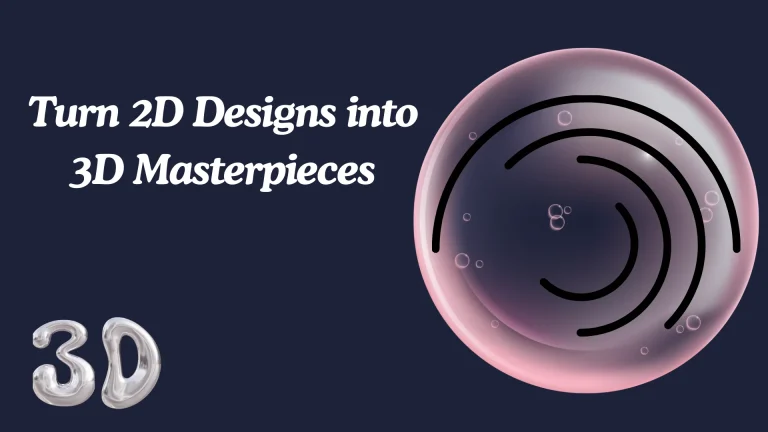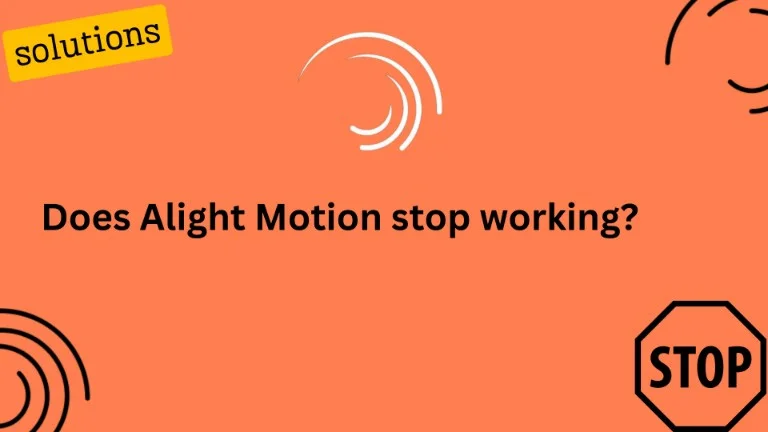How to Mask in Alight Motion? Advanced Masking Techniques to Hide and Reveal Specific Parts in Your Videos

6.2M
Reviews
Latest
Version
100M+
Downloads

Alight Motion Mod APK is a versatile video editing application with a long list of features to assist you in making high-quality animations and effects. Among these features, the masking tool in Alight Motion is famous for its creative use.
In this article, you will get to know about masking in Alight Motion, which allows you to control the visibility of different layers/elements/shapes within your projects. By creating masks, you can hide or reveal specific portions of a layer, enabling you complex compositions and effects. Masks can be static or animated, offering limitless creative possibilities.
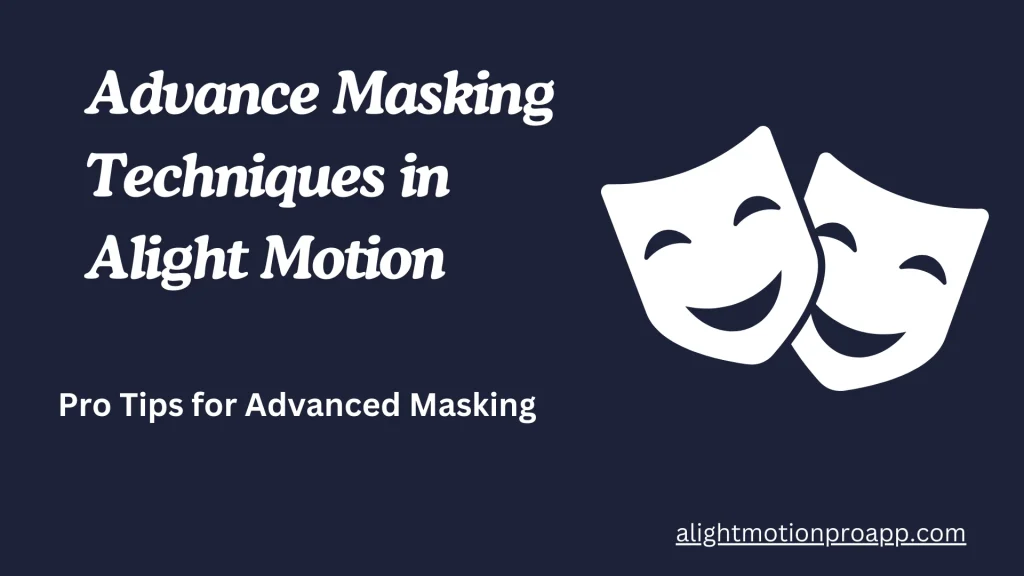
Basic Masking Technique in Alight Motion
Here are some basic techniques to to mask on Alight Motion app. By following these techniques, you can easily apply a mask on any video.
Advanced Masking Technique in Alight Motion
Here are some advanced techniques to mask on the Alight Motion app. By following these techniques, you can easily apply a mask on any video.
Animated Masks
Animated masks can create dynamic effects and transitions in your projects. Here’s how you can animate a mask:
An animated mask is used to create a reveal effect, where text or an image gradually appears on the screen.
Layered Masking
Layered masking involves using multiple masks on different layers to achieve desired effects.
Layered masking is used to create a spotlight effect by masking a circular layer of light that follows a subject on screen, with additional masks to darken the surrounding areas.
Text Masking
Text masking can add a professional touch to your videos, making your text appear or disappear creatively.
Text masking is used to create a text reveal effect where the text appears to be written by an invisible pen, with the mask moving across each letter.
Image and Video Masking
You can apply masks to images and videos for unique effects like frame-in-frame or selective color.
Image and video masking is used to display only a portion of a video clip, creating a split-screen effect with multiple videos playing simultaneously.
Complex Custom Shapes
For more intricate designs, use custom shapes to create complex masks.
You can add custom shapes or objects in your video, such as masking out the background while keeping the subject visible.
Tips to Mask in Alight Motion
Here are some tips for effective masking in Alight Motion:
Conclusion
Advanced masking techniques in Alight Motion can significantly enhance your video projects, by adding depth and creativity. By animating masks, using layered masking, adding text and image masks, and creating complex custom shapes, you can produce professional-quality effects that captivate your audience and make them feel good about your designs. So start with these techniques today and watch your video editing skills reach new heights.

